A review and photo examples using the Panasonic LUMIX DMC-LX7.
- Please see the disclaimer regarding advertising here.
- Italicized links in the text are advertisement links that take you to other sites.
Gallery
Review
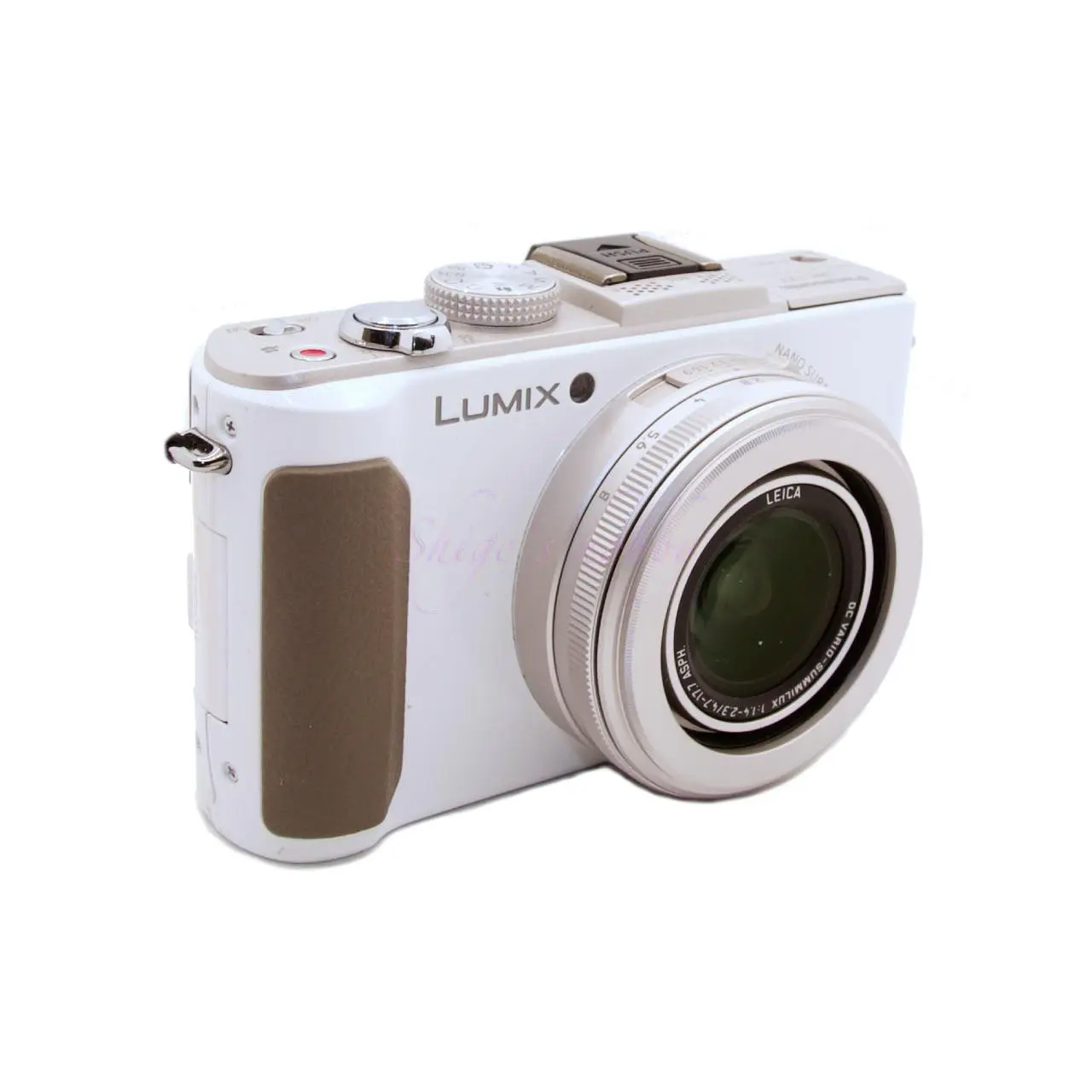
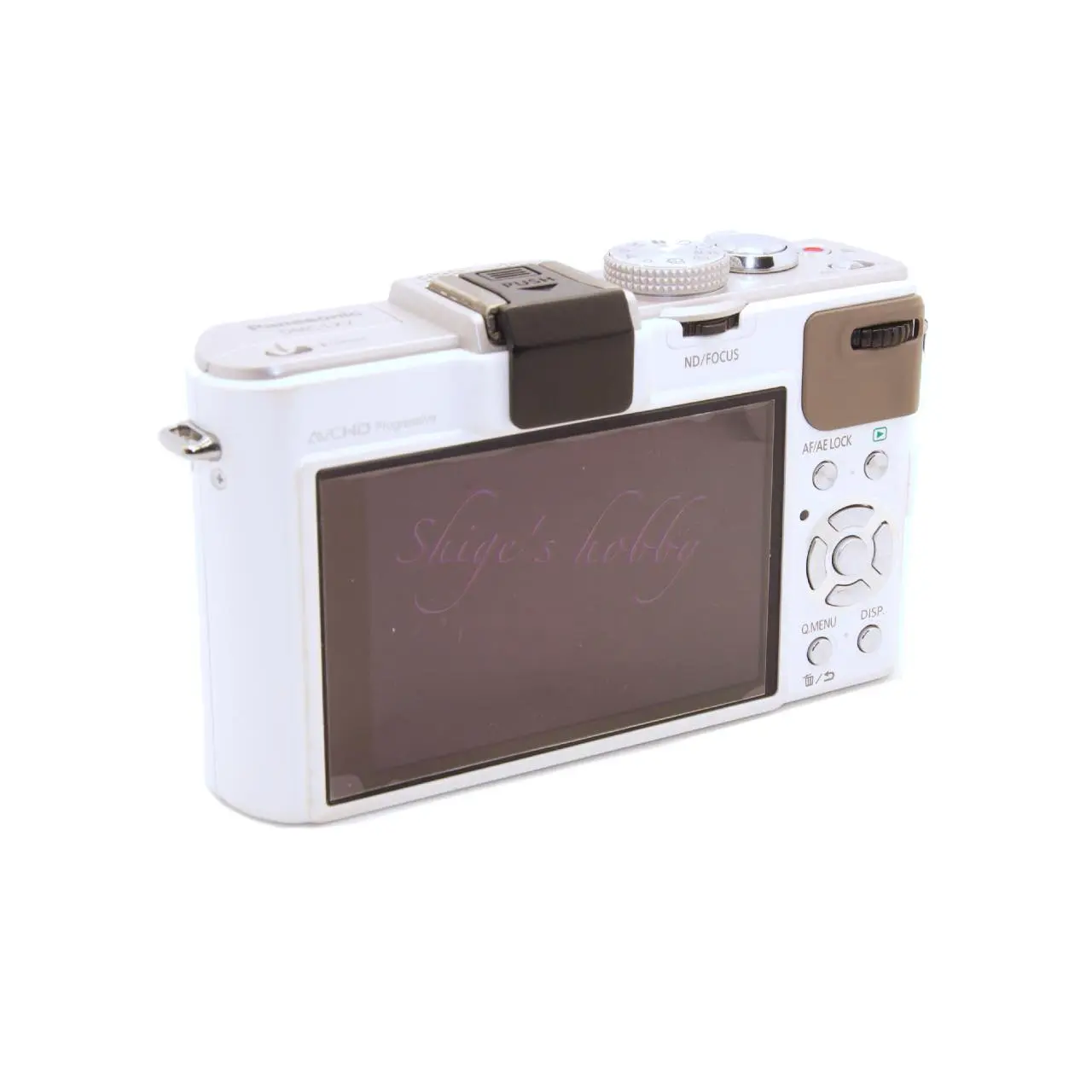
1.Overview
The LUMIX DMC-LX-7 is a compact digital camera released by Panasonic in 2012.
Its main features are listed below; detailed specifications are available.
This model’s lens is a specially designed LEICA DC VARIO-SUMMILUX consisting of 11 elements in 10 groups (9 aspherical surfaces, 5 aspherical elements), a 3.8x optical zoom lens with an f=4.7-17.7mm (35mm equivalent: 24-90mm) / F1.4-2.3 aperture, and built-in optical image stabilization.
- Focal length: 24mm-90mm
- 10.1 megapixels
- Shooting distance: 50cm-infinity. Macro mode: 1cm in front of the lens when set to the wide-angle end.
- Recording formats: JPEG and RAW (RAW format: Panasonic RW2).
- Available in black and white.
- This camera’s sister model is the LEICA D-LUX6.
While a viewfinder isn’t included as standard, the camera offers the 24mm optical viewfinder DMW-VF1 and the 1.44 million-dot electronic viewfinder DMW-LVF2. Note that the DMW-VF1 only shows the shooting frame, so be careful.
Attaching a lens filter requires the 37mm filter attachment DMW-FA1. As of 2025, the original product is long gone, and compatible products made in China are available.
The LUMIX DMC-LX7 is a sister camera to the LEICA D-LUX6. While the camera functions are the same, the two cameras have different body designs.
The LUMIX DMC-LX7 features a pre-designed bulge in the body grip to improve grip. The body is available in two colors: black and white.
In contrast, the LEICA D-LUX6 has a flat overall shape, excluding the lens barrel, and a simple exterior. For this reason, a grip is available separately to improve grip. Alternatively, you can improve the grip by attaching a leather case (sold separately). The camera comes in three body colors: black, glossy black, and the gray G-STAR Raw Edition.
One problem with older compact digital cameras is the battery, and the model number for the LUMIX DMC-LX7 is DMW-BCJ13.
This battery is compatible with the BP-DC10, BP-DC10-U, and BP-DC10-E, and is used in the DC-FT7, DMC-TZ40, DMC-FT5, DMC-TZ60, DMC-TZ55, DMC-TZ57, and DMC-TZ70 models.
Compatible batteries can be purchased from Rakuten or Amazon.
2.Usability
The LUMIX DMC-LX7’s image quality is head and shoulders above other compact digital cameras equipped with image sensors smaller than 1 inch, commonly referred to as small sensors.
In particular, the rich gradation of the RAW data and the moderate noise at ISO 1600 give an impression different from small-sensor digital cameras from the 2000s.
The camera’s shooting range is 24mm to 90mm in 35mm equivalent, and the lens’s maximum aperture is a bright F1.4 at the wide-angle end of 24mm, maintaining a bright F2.3 even at the telephoto end of 90mm. In addition, to facilitate active use of the wide aperture, the camera is equipped with an ND (Neutral Density) filter that reduces light, which can be activated with a button on the back of the camera.
The lens is equipped with optical image stabilization (OIS), but its effectiveness is subtle in low light, such as in the evening, and blur will occur unless you hold the camera firmly and press the shutter, as is the basic principle of photography.
The lens barrel continues to feature an aperture ring from the previous LUMIX DMC-LX5 model. This aperture ring is designed for use in aperture priority mode and is merely decorative in all modes except A mode. It’s a shame that it is completely useless in other modes.
It would be better if the ring’s function could be changed for each mode, such as adjusting exposure ± in P mode or shutter speed in S mode.
Near the aperture ring is a lever for changing the image format, but this lever is quite loose, and sometimes the lever moves unintentionally while moving the aperture ring, changing the image format.
Personally, I don’t change this image format lever very often, so I would prefer it to have a click stop so that it clicks when changed, or to have a bit more resistance when changing it.
Focus modes are changed using a slide switch on the side of the lens barrel, as with the previous LX series. There are three modes: normal AF, macro AF, and MF. AF mode focuses from 0.5m to infinity, while macro AF mode focuses from 0.1m to infinity.
Macro AF mode behavior is somewhat better than previous cameras, but the focusing speed is slow when searching for a subject, making it frustrating to use macro AF mode all the time.
The setting that moves to infinity in macro AF mode has always been questionable, and it’s strange that this behavior hasn’t been changed. This remains the case even in the latest LUMIX DMC-LX100 II, which has a 4/3-inch sensor.
Camera control chips should be evolving every year, and in the 2020s, it seems that fast focusing across the entire focus range from macro to infinity is not technically difficult, so I would like to see this behavior improved.
If that is difficult, macro AF mode should be limited to around 0.1m to 2m.
Like other LX series cameras, images are saved in RAW format, and this camera records in the RW2 format developed by Panasonic. Even though it is a compact digital camera with an extremely small sensor, shooting in RAW gives you more flexibility in post-processing than JPEG.
DMW-LVF2 1.44 million dot electronic viewfinder
I purchased the optional add-on viewfinder DMW-LVF2. It’s a bit disappointing that it’s no longer on sale and cost almost the same as the camera itself.
This viewfinder has a resolution of 1.44 million dots and an unknown refresh rate, but it displays a continuous, smooth image without any flickering, so you won’t get motion sickness from using an electronic viewfinder. The viewfinder’s diopter adjustment needs to be precise; the diopter adjustment dial is located at the bottom, visible when the viewfinder is raised 90 degrees.
The downside of this viewfinder is that you have to press the viewfinder button every time to switch between the rear LCD and the viewfinder, which can be a hassle. It would be easier to use a viewfinder that automatically switches displays when you hold the camera using the eye sensor.
One advantage of using a viewfinder is that it helps reduce camera shake by supporting the camera at three points: with both hands and the eyepiece.
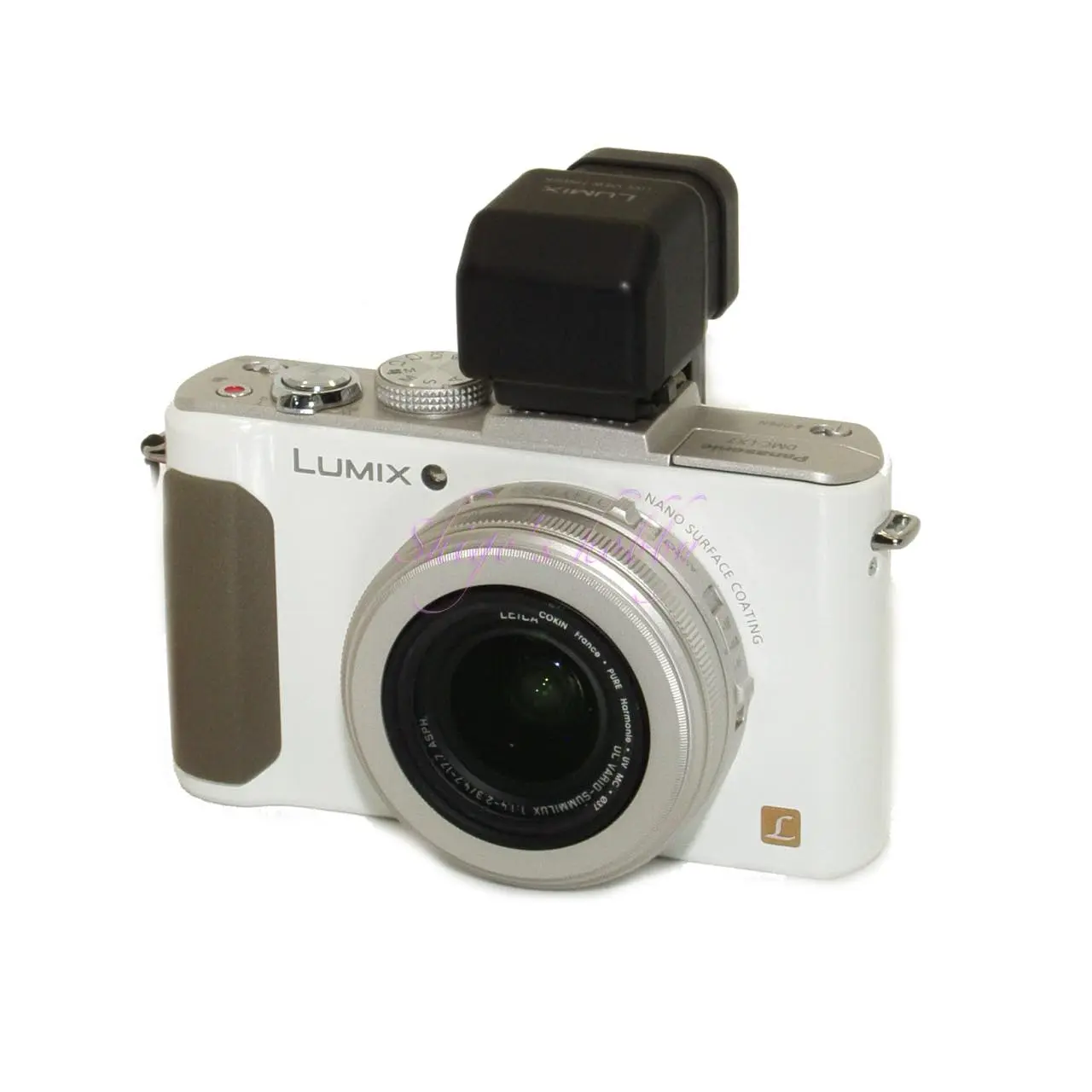
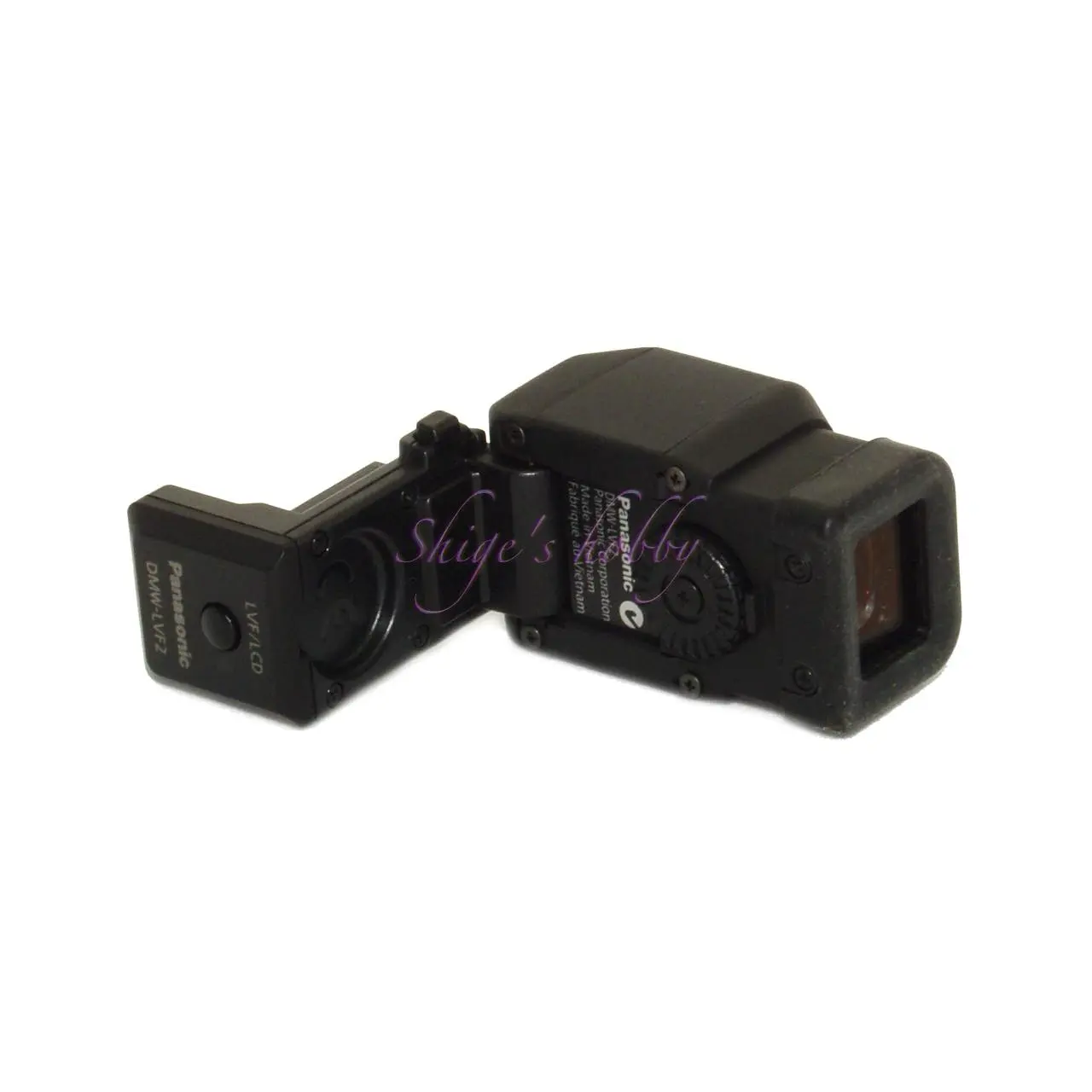
3.Summary
In conclusion, to sum up the LUMIX DMC-LX7 has a compact, calm white body and shooting functions that are sufficient for general photography. It is the last high-end compact digital camera equipped with a small Panasonic image sensor, and its image quality is still practical enough as of 2025.
Specifications, considerations, etc.
I didn’t choose the LEICA version of the D-LUX6 because the D-LUX6 only came in three dark body colors: black, glossy black & silver, and gray G-Star-raw, and there were no lighter colors. I opted for the LUMIX DMC-LX7, which comes in white. Another attractive feature was that it offered nearly the same performance at less than half the price.
The LUMIX DMC-LX7 was preceded by the LUMIX DMC-LX5, released in 2010. Since the LX5 has similar specifications to the LX7, I’ll compare it with the LUMIX DMC-LX3, the model two models earlier.
The Leica version of the DMC-LX3 is the D-LUX4.
The DMC-LX3/D-LUX4 records raw images without lens aberration correction, so lens distortion is recorded as is, but the LUMIX DMC-LX7 records raw images with lens aberration correction added.
If we think of Raw as raw data, then there is some truth to the importance of recording all uncorrected data. However, correcting lens aberrations using image processing software is surprisingly tedious, so it is better for manufacturers to correct lens aberrations appropriately based on the design and store only raw color data when considering post-processing. This also assumes that the lens aberration correction parameters implemented by the camera are perfect. Storing data that has been corrected using sloppy parameters undermines the meaning of Raw data.
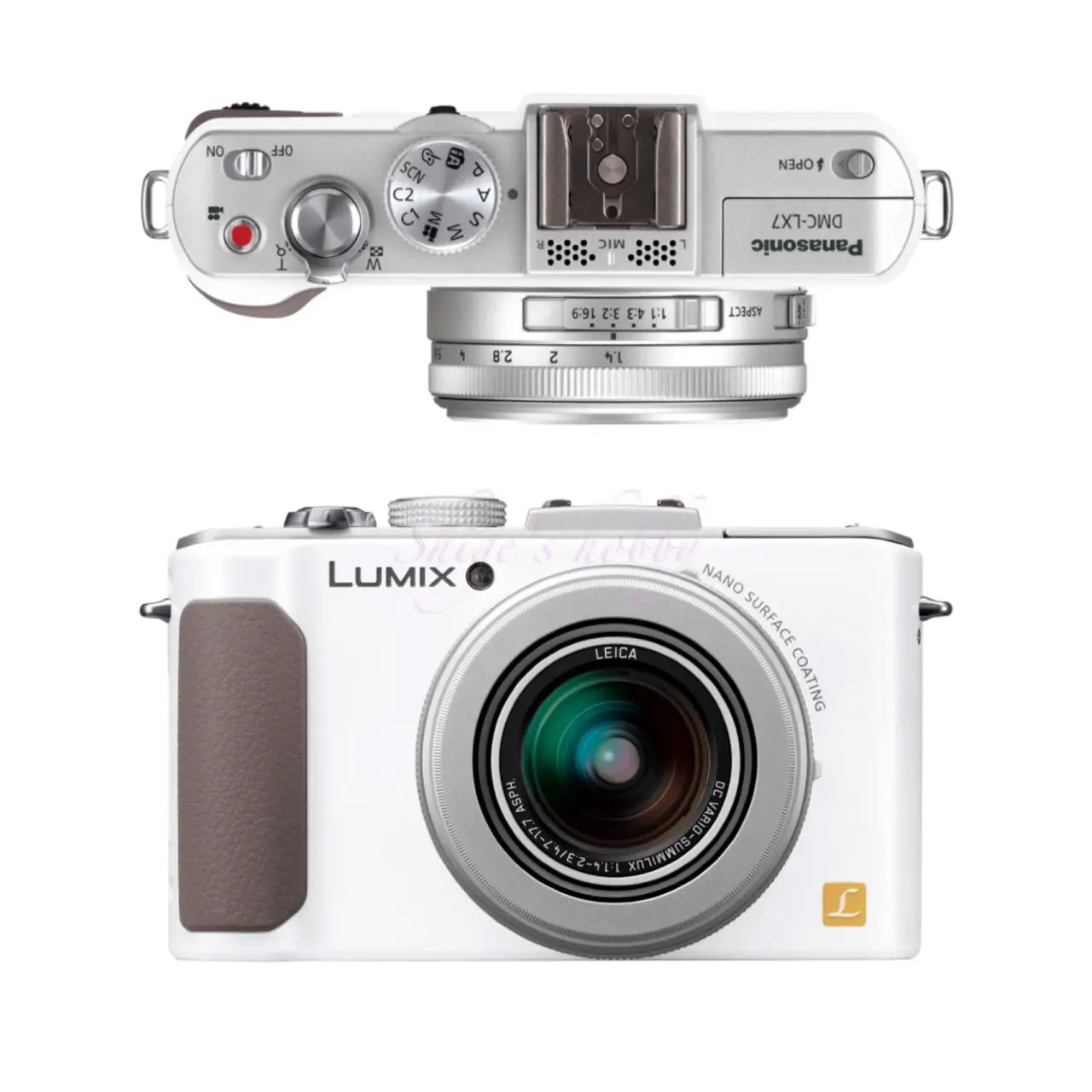
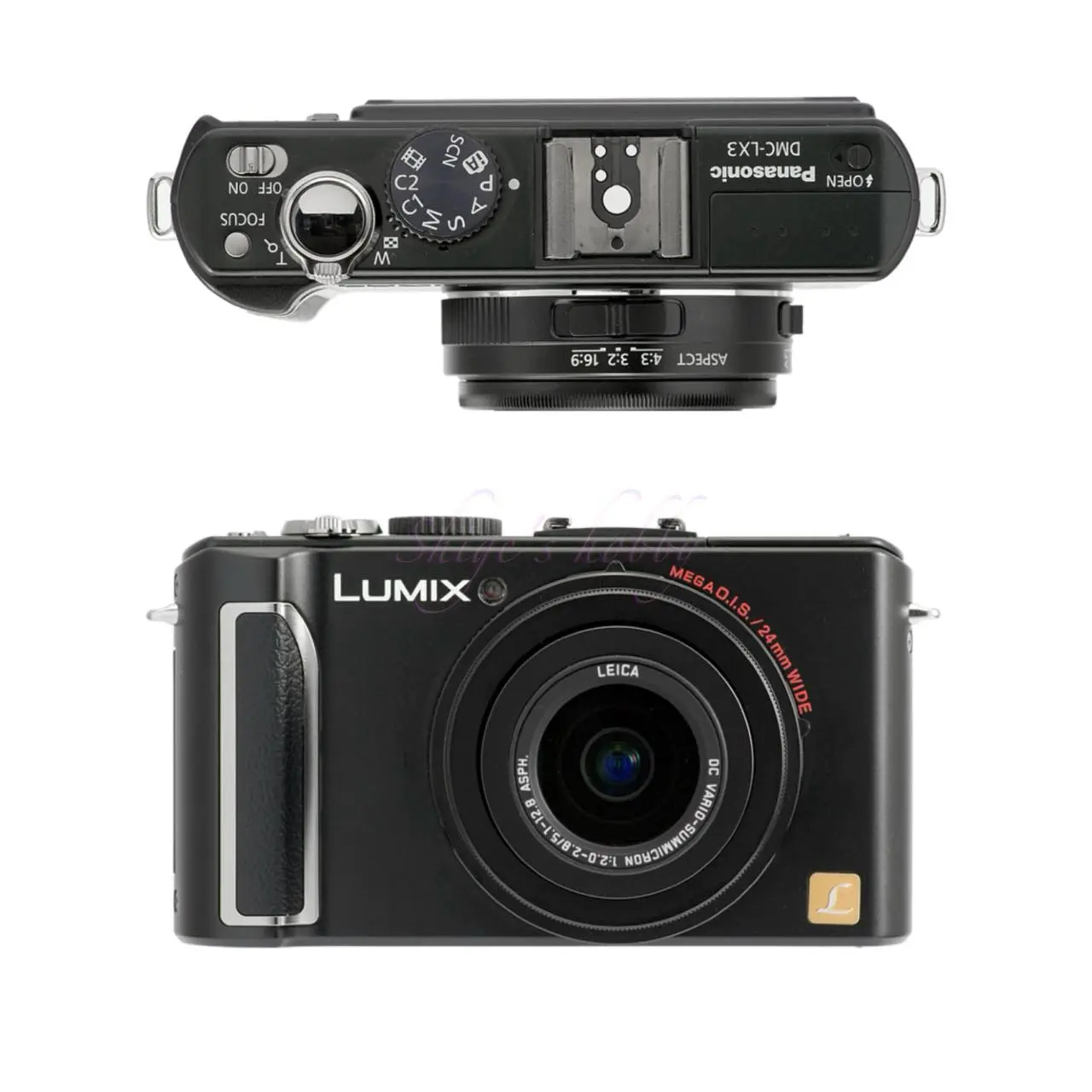
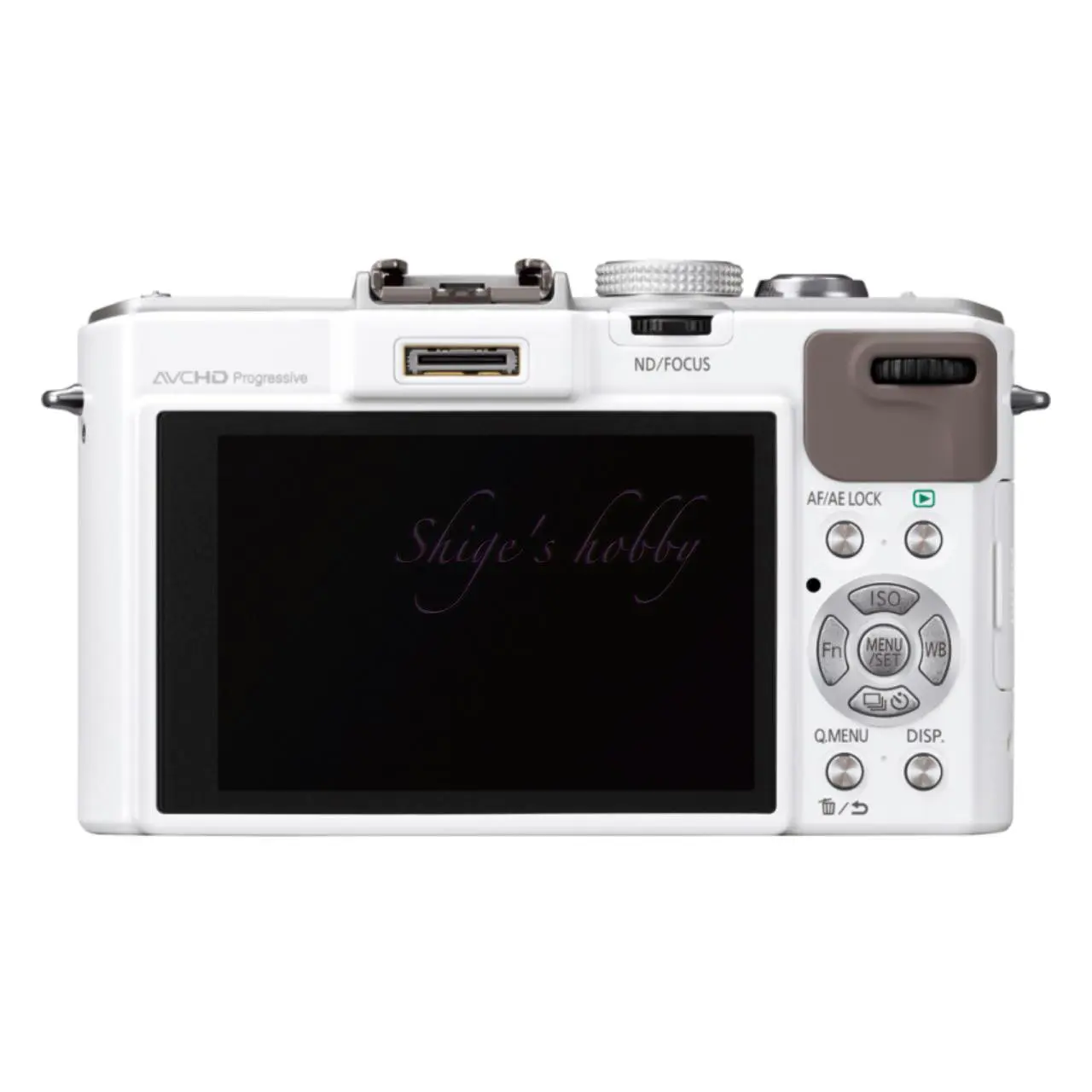
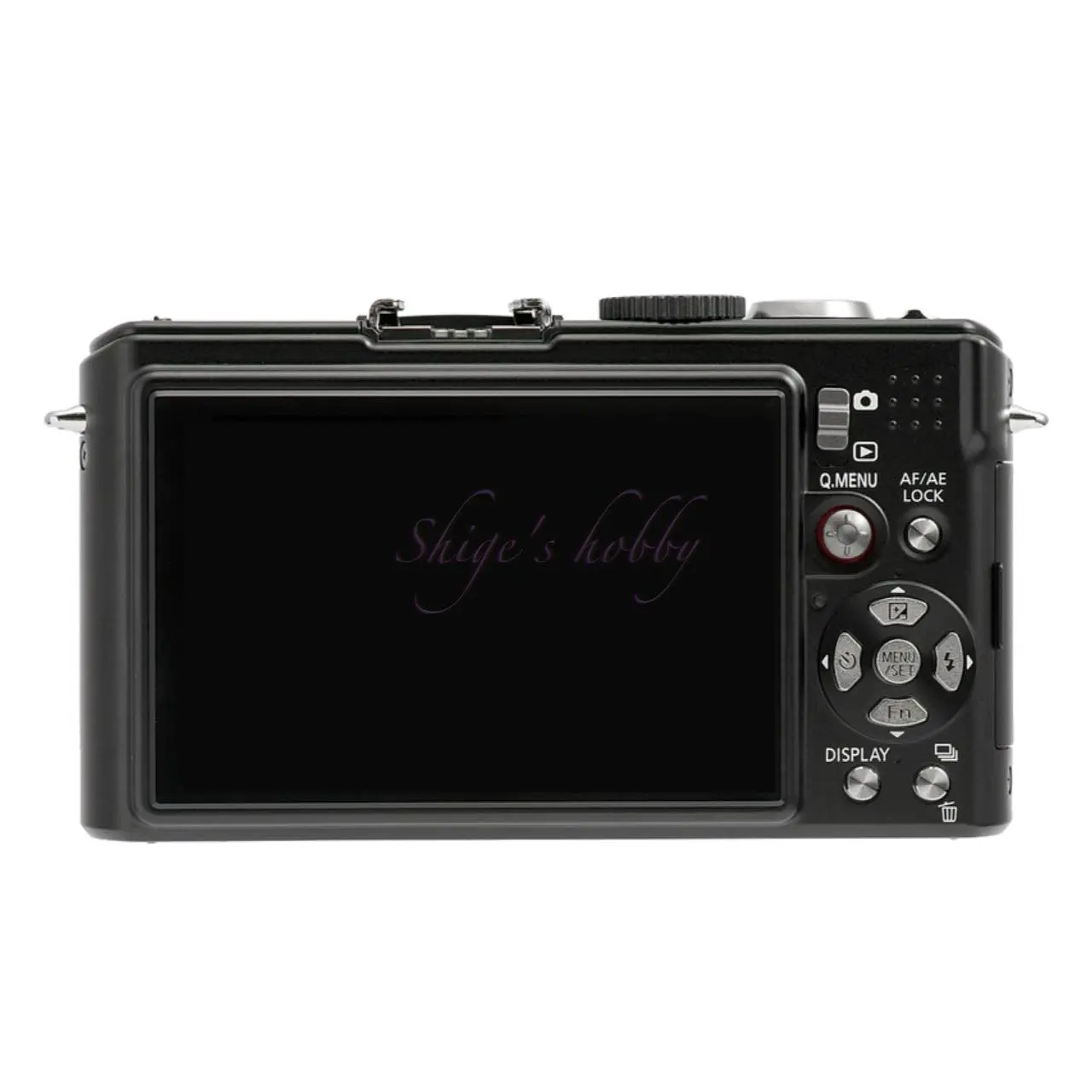
| Items | DMC-LX7 | DMC-LX3 |
| 35mm equivalent focal length | 24-90 | 24-60 |
| Lens construction | 10群11枚(非球面9面5枚) LEICA DC VARIO-SUMMILUX | 6群8枚(非球面レンズ4枚4面)LEICA DC VARIO-SUMMICRON |
| Lens spec | F1.4 – 2.3 / 4.7 – 17.7 mm ASPH | F2.0 – 2.8 /f=5.1 – 12.8mm ASPH. |
| Effective pixels(Megapixels) | 10.1 | 10.1 |
| Sensor size | 1/1.63・MOS | 1/1.63・CCD |
| View finder | Option: DMW-LVF2/1.44 million dots | なし |
| Rear LCD | 3.0-inch 920,000 dots | 3.0-inch (16:9) 460,000 pixels |
| Battery | DMW-BCJ13 | DMW-BCC12 |
| Recorded Media | SDXC/Built-in memory (70MB) | SDHC/Built-in memory (50MB) |
| Size(mm) W x H x D | 110.5 × 67.1× 45.6 | 108.7 × 59.5 × 27.1 |
| Weight (g) (with battery) | 298 | 265 |
| Release date | 2012 | 2008 |
| Body color | Black, White | Black, Silver |
| Leica model | D-LUX6 | D-LUX4 |
Options
- DMW-CLX7-K ・Black leather case
- DMW-CLX7-W・White leather case
- DMW-VF1・24mm optical viewfinder
- DMW-LVF2・1.44 million dot electronic viewfinder
- DMW-DCC7・DC Coupler
- DMW-FA1・37mm filter attachment
Affiliate links
- Please see the disclaimer regarding advertising here.
- Italicized links in the text are advertisement links that take you to other sites.

Amazon Prime Sale
- DMC-LX Series・Ads by Amazon
- DMW-BCJ13・Ads by Rakuten
- D-LUX Series・Ads by Amazon
Reference links
- DMC-LX7・PANASONIC Official page
- DCM-LX3・PANASONIC Official page
- D-LUX6・Photo Yodobashi
- D-LUX4・Shige’s hobby
Update history
- 2025.10.7
- 2025.7.29

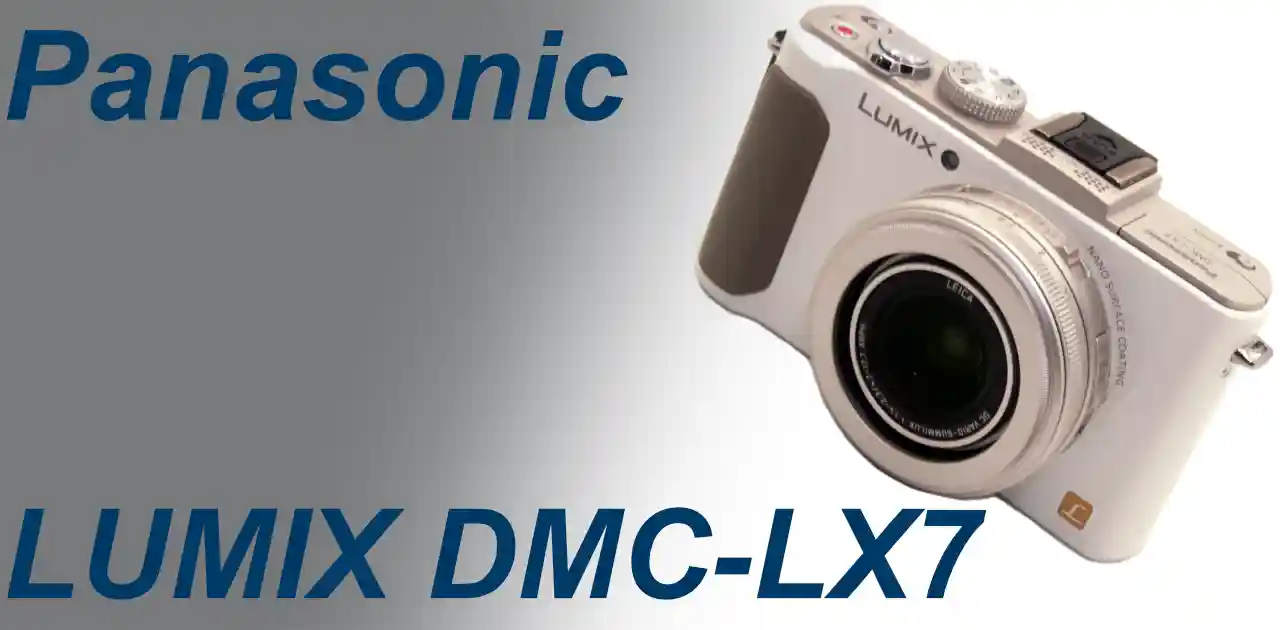

Be First to Comment